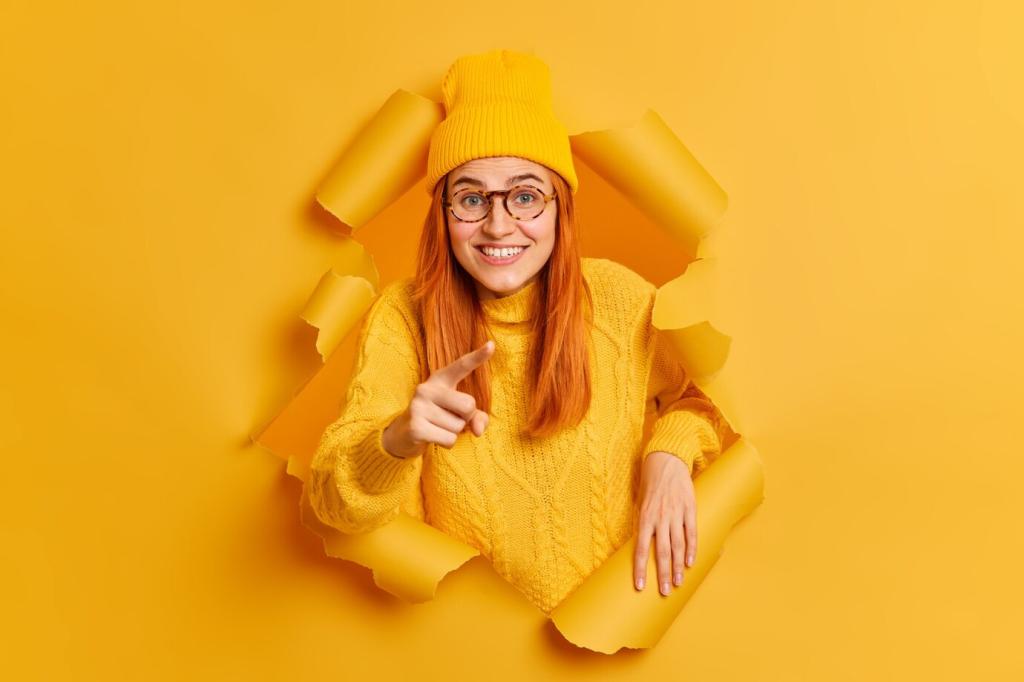
Using Visual Language in Interior Design Marketing
Today’s chosen theme: Using Visual Language in Interior Design Marketing. Explore how colors, composition, typography, and narrative images translate your studio’s unique voice into compelling stories that attract ideal clients. Subscribe for fresh ideas, and share your own visual experiments with our community.
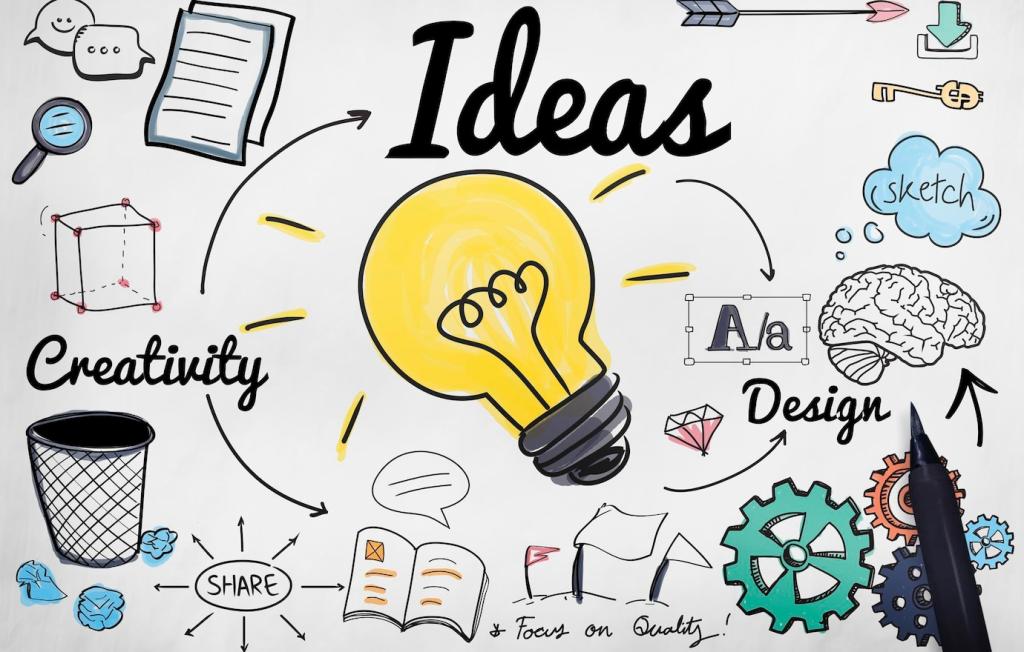
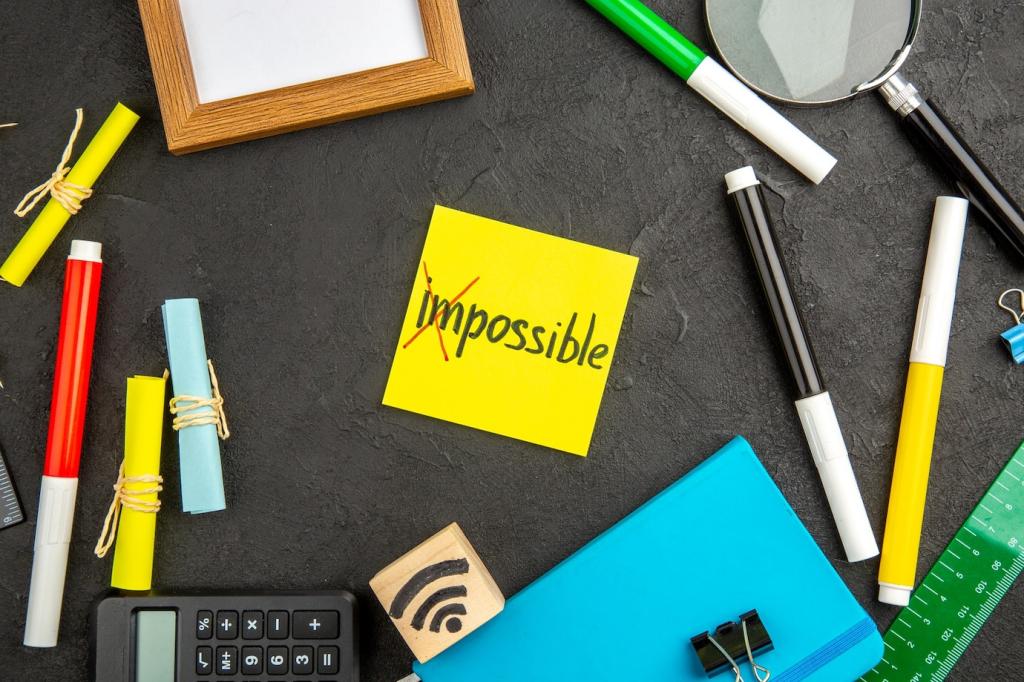
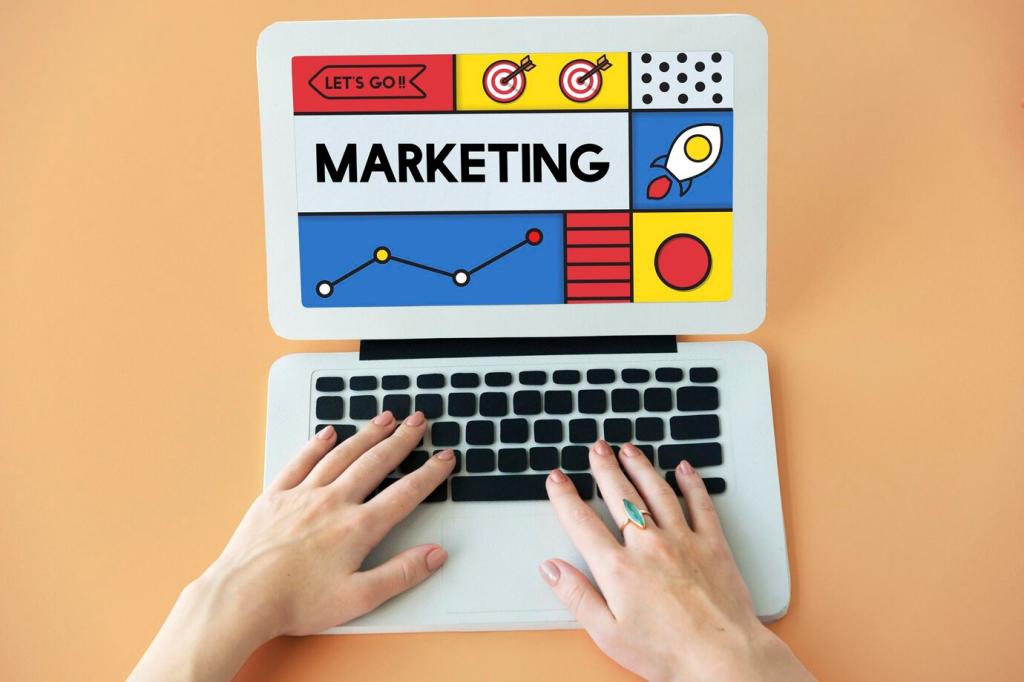
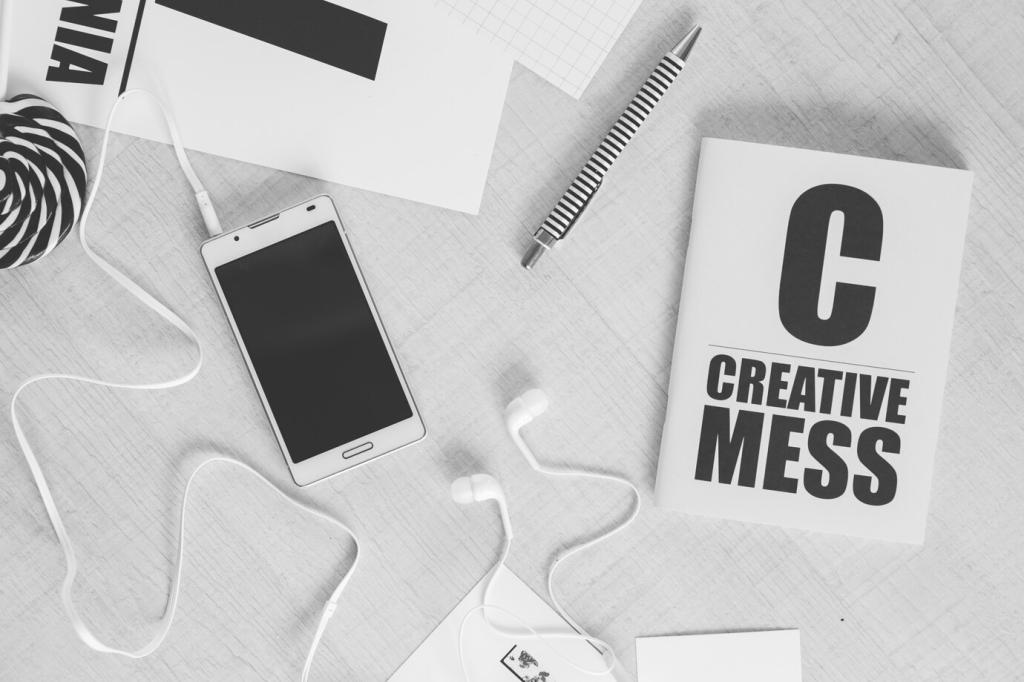
Palette to Positioning
Muted earth tones suggest calm craftsmanship; high-contrast palettes project bold innovation. Choose three dominant hues and two accents aligned with your audience’s aspirations. Post your draft palette in the comments, and we will send a free contrast checklist to refine accessibility and impact.
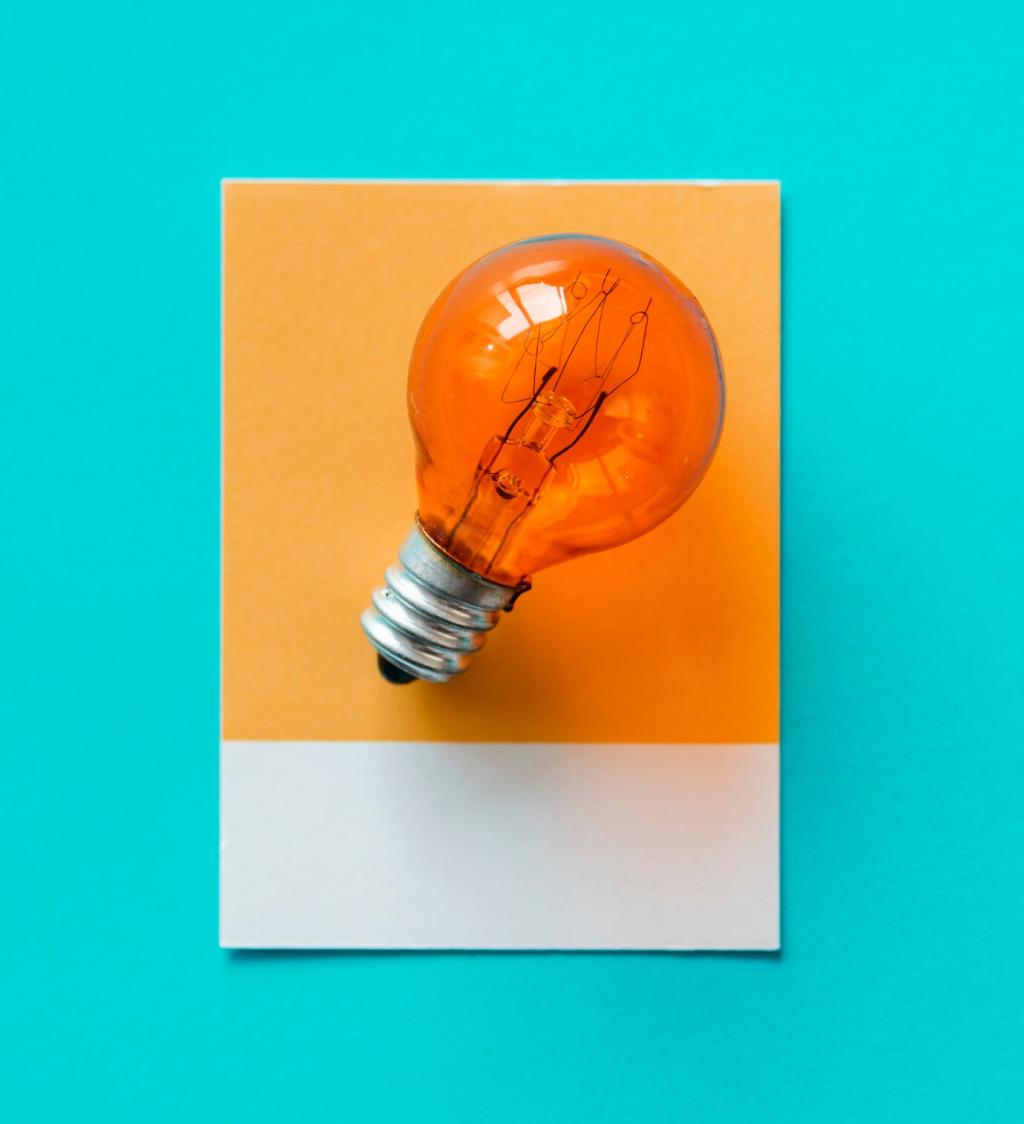
Cultural Nuance and Context
Colors carry different meanings across cultures and markets. Test regional reactions before finalizing brand hues, especially for international clients. Invite followers to vote on two palette options via stories, then share your results with us to compare engagement patterns.
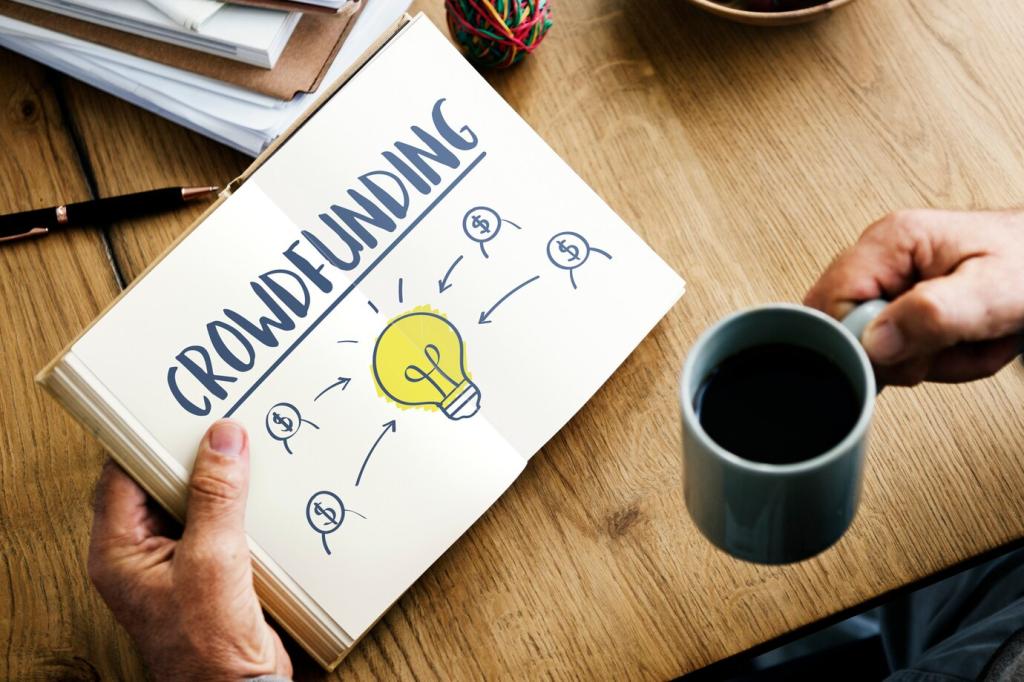
Case Snapshot: The Terracotta Shift
A desert-modern studio introduced terracotta headers and soft olive accents across reels and proposals. The warm palette mirrored material choices, raising message coherence. Over a quarter, saved posts rose markedly and project discovery calls increased steadily. Try it; report your changes after four weeks.
Use hallways, stair rails, and window mullions as intentional guides toward the hero element. Establish a clear focal point, then support with secondary details. Share one portfolio image, tell us the intended focal point, and we’ll suggest quick compositional tweaks in our next post.

Type as Architectural Voice
Sans serifs suggest contemporary clarity; humanist serifs feel crafted and warm. Pair one display font with a legible body font and lock spacing rules. Share screenshots of your current pairings and we’ll recommend micro-adjustments to improve rhythm and perceived polish.
Grids, Margins, and White Space
A disciplined grid mirrors spatial order, helping clients trust your process. Use generous margins and consistent spacing to showcase breathability. Download our grid template by subscribing, then post before-and-after layouts to inspire others refining their visual systems.
Graphic Motifs from Materiality
Extract patterns from your projects—herringbone, ribbed panels, terrazzo specks—and turn them into subtle backgrounds or dividers. Authentic motifs strengthen recognition. Comment which material defines your brand and we’ll suggest a minimal graphic translation you can test this week.
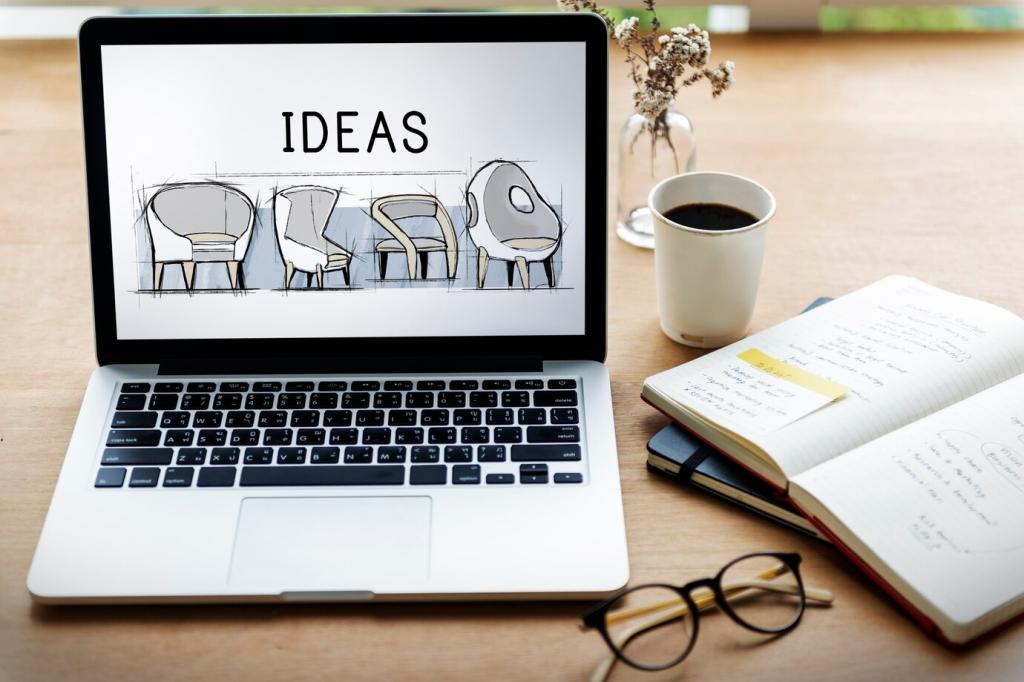
Narrative Images and Process Storytelling
Pair raw site photos with sketches, material palettes, and the finished scene to connect challenges with solutions. Clients love visible transformation. Share a three-frame transformation series and invite questions; we’ll compile the top questions into a community guide.
Narrative Images and Process Storytelling
Include a candid client walk-through or a hands-on materials review to humanize expertise. Authentic smiles outperform staged poses. Tell us your favorite behind-the-scenes moment from last month, and encourage followers to vote on which detail deserves a dedicated post.
Social Media Visual Systems
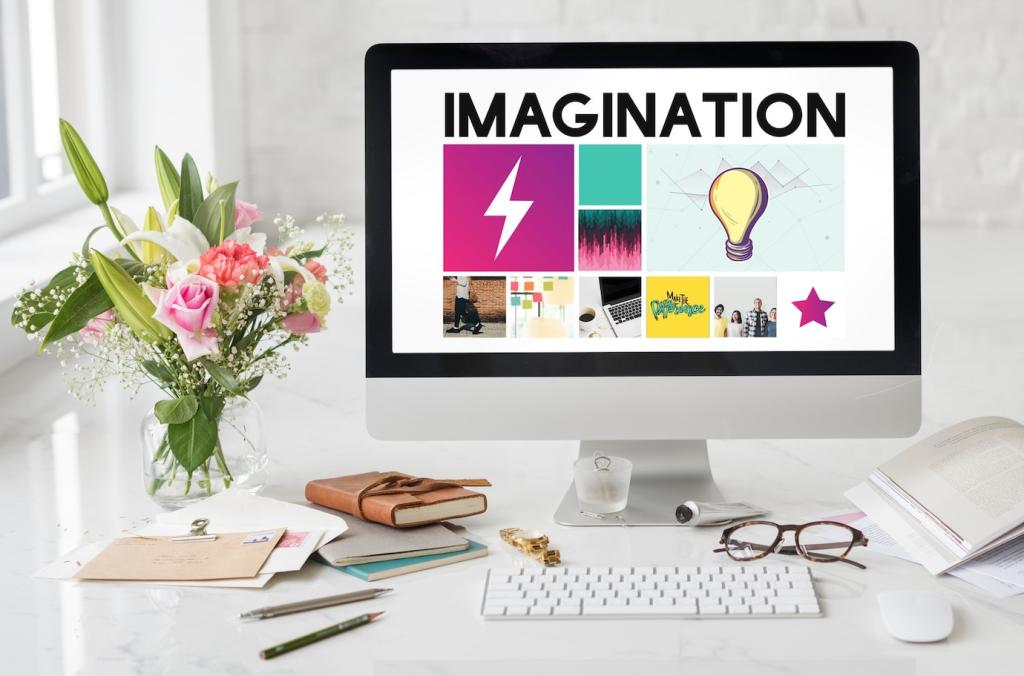
Introduce a thin color bar that matches your brand accents, plus consistent corner framing. Recognition compounds across platforms. Share your template experiment in stories, then ask your audience if it feels aligned; report back here and we’ll troubleshoot with you.

Measuring Visual Impact
Saves, shares, and time-on-page tell a richer story than likes. Watch click-throughs from portfolios to inquiry forms. Comment which metric you will prioritize this month, and we’ll share a simple dashboard template for monitoring progress over time.
Measuring Visual Impact
Test two covers: one wide, airy shot versus a tight detail paired with a bold headline. Keep everything else identical. Share your results after two weeks, and we’ll compile community findings into a benchmark post for interior design marketers.
